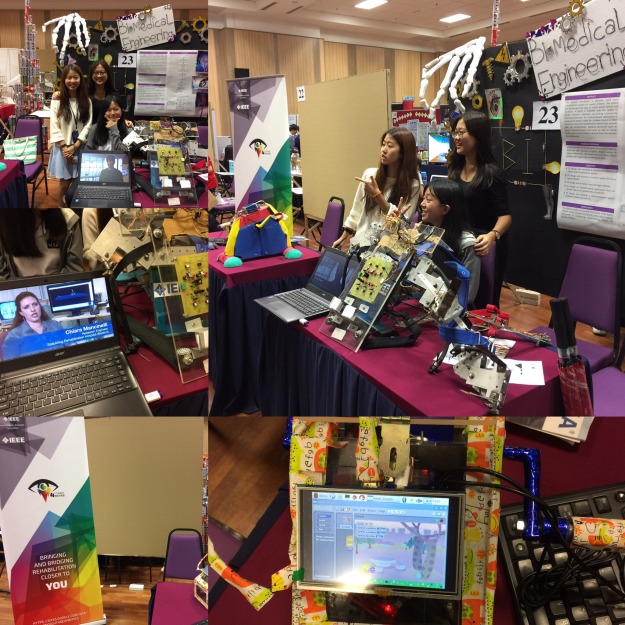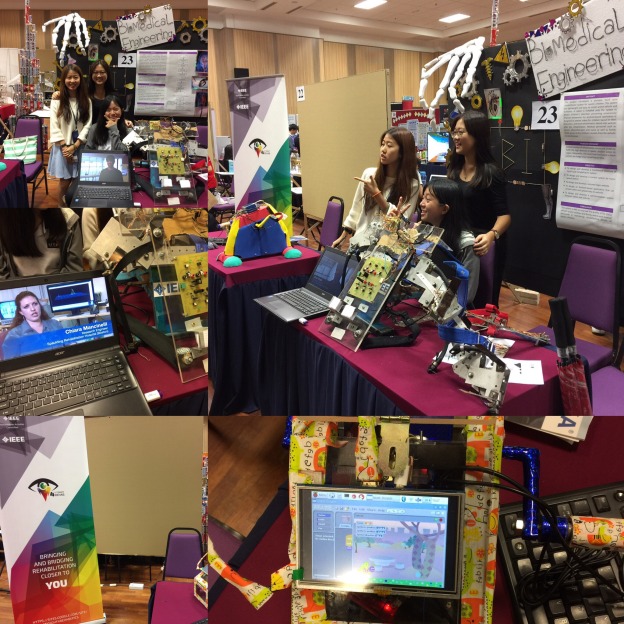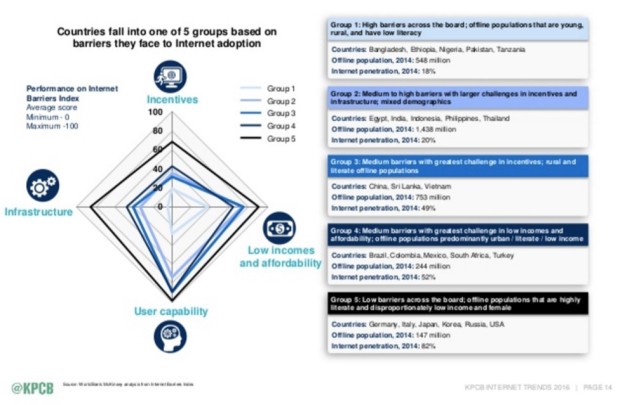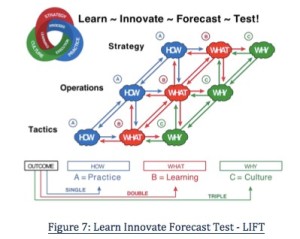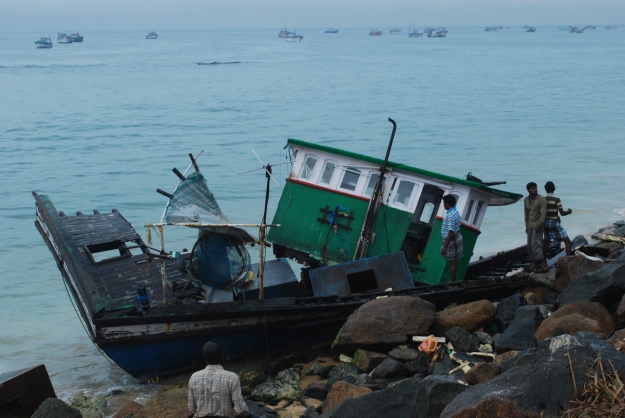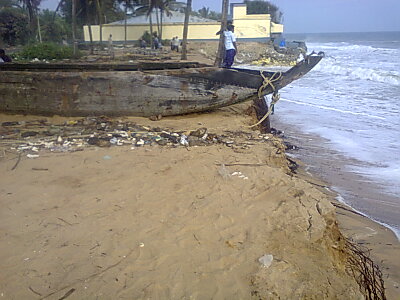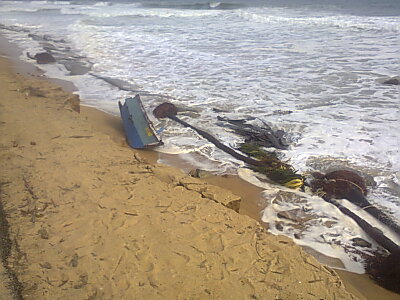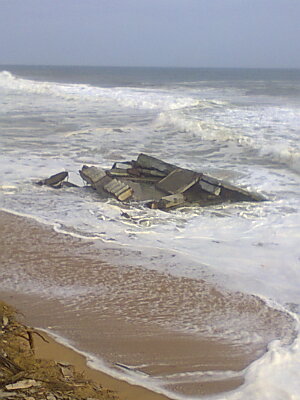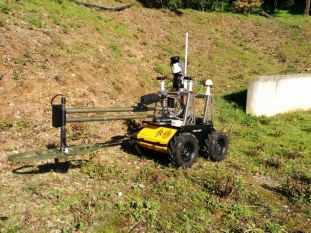 Robotics & Automation (R&A) Technologies have the potential to transform and improve the lives of people around the globe by addressing world’s toughest challenges. The IEEE Robotics & Automation Society – Special Interest Group on Humanitarian Technology (RAS–SIGHT) is engaging the academic and non-academic community to propose viable solutions in R&A to address relevant world problems through the Humanitarian Robotics and Automation Technology Challenge (HRATC). HRATC is an unprecedented opportunity for IEEE members from around the world to collaborate using their skills and education to benefit humanity. The problems (challenges) are framed with the environmental, cultural, structural, political, socio-economic and resource constraints so that solutions can be developed, deployed, and sustained. RAS–SIGHT is the first and only IEEE Society to have a SIGHT. The mission of RAS-SIGHT is the application of robotics and automation technologies for promoting humanitarian causes around the globe and to leverage existing and emerging technologies for the benefit of humanity and towards increasing the quality of life in underserved, underdeveloped areas in collaboration with existing global communities and organizations.
Robotics & Automation (R&A) Technologies have the potential to transform and improve the lives of people around the globe by addressing world’s toughest challenges. The IEEE Robotics & Automation Society – Special Interest Group on Humanitarian Technology (RAS–SIGHT) is engaging the academic and non-academic community to propose viable solutions in R&A to address relevant world problems through the Humanitarian Robotics and Automation Technology Challenge (HRATC). HRATC is an unprecedented opportunity for IEEE members from around the world to collaborate using their skills and education to benefit humanity. The problems (challenges) are framed with the environmental, cultural, structural, political, socio-economic and resource constraints so that solutions can be developed, deployed, and sustained. RAS–SIGHT is the first and only IEEE Society to have a SIGHT. The mission of RAS-SIGHT is the application of robotics and automation technologies for promoting humanitarian causes around the globe and to leverage existing and emerging technologies for the benefit of humanity and towards increasing the quality of life in underserved, underdeveloped areas in collaboration with existing global communities and organizations.

According to the UN Mine Action Service, landmines kill 15,000-20,000 people every year (mostly children) and maim countless more across 78 countries. Demining efforts cost $300-1000 per mine, and, for every 5000 mines cleared, one person is killed and two are injured. Thus, clearing post-combat regions of landmines has proven to be a difficult, risky, dangerous and expensive task with enormous social implications for civilians. Motivated by these considerations, the first HRATC edition took place at the 2014 International Conference on Robotics and Automation (ICRA’14) in Hong Kong (and Coimbra, Portugal, remotely), and focused on promoting the development of new strategies for autonomous landmine detection using a mobile (ground) robot. HRATC’14 Organizers were Raj Madhavan (Chair, RAS-SIGHT, USA), Lino Marques (University of Coimbra, Portugal), Edson Prestes (Federal University of Rio Grande do Sul , Brazil), and Prtihviraj Dasgupta (University of Nebraska-Omaha, USA). For more information on the Challenge and scope, see http://www.isr.uc.pt/HRATC2014/. 14 teams submitted their entries and were progressively eliminated based on the stages of the Challenge.
HRATC’14 had three stages: simulation, testing, and Finals. For the simulation stage, a software framework that runs on Linux-based Operating System and uses ROS for communicating with both Gazebo simulator and real robot was developed. Using this framework, the teams were classified according to the performance of their strategy in a simulation scenario. The scoring metric was computed using several performance measures that included number of detected mines, number of exploded unknown mines, covered area, and coverage time. The best-ranked teams were then allowed to advance to the testing phase. In the testing phase, the teams ran their detection and classification strategies on a Clearpath Husky A200 robot in an outdoor arena covered by low grass, with few trees, ditches and surrogate mines. This robot was equipped with several sensors that include GigE cameras, SICK laser range finder, and three-coil pulse induction metal detector. Each team had three trials to evaluate and adjust their strategies. After three trials, four teams participated in the Finals at ICRA (on the same robot in Portugal) and were evaluated according to the scoring metric. Team ORION of the University of Texas at Arlington, USA was declared as the grand winner. The second and third place finishers were Team Geeks of the Square Table (University of Bremen, Germany) and Team USMiners (University of Southern Mississippi, USA). Thanks to IEEE SIGHT sponsorship, the three best-ranked teams received a cash prize ($1000, $500, $250, respectively) together with a certificate and a plaque.

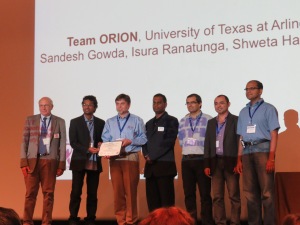
In the next HRATC edition that will take place at ICRA 2015 in Seattle, we will continue to refine the development of new strategies for autonomous landmine detection. Besides, RAS-SIGHT is currently investigating new challenges for the robotics and automation community. Additional information regarding challenges, deadline, and subscription for the next edition will be available from http://www.ieee-ras.org/educational-resources-outreach/humanitarian-efforts.
The Challenge organizers thank Clearpath Robotics, Inc., the FP7-TIRAMISU project, RAS Competitions Committee, and RAS-SIGHT for their support and partnership in organizing HRATC’14. Special thanks are reserved for the tireless efforts of the Testing and Simulation Team members at the University of Coimbra and at the Federal University of Rio Grande do Sul: Gonçalo Cabrita, David Portugal, Bruno Gouveia, Vitor Jorge, Guilherme Franco, Renan Maffei, and Jose Baca Garcia from the University of Nebraska-Omaha.
